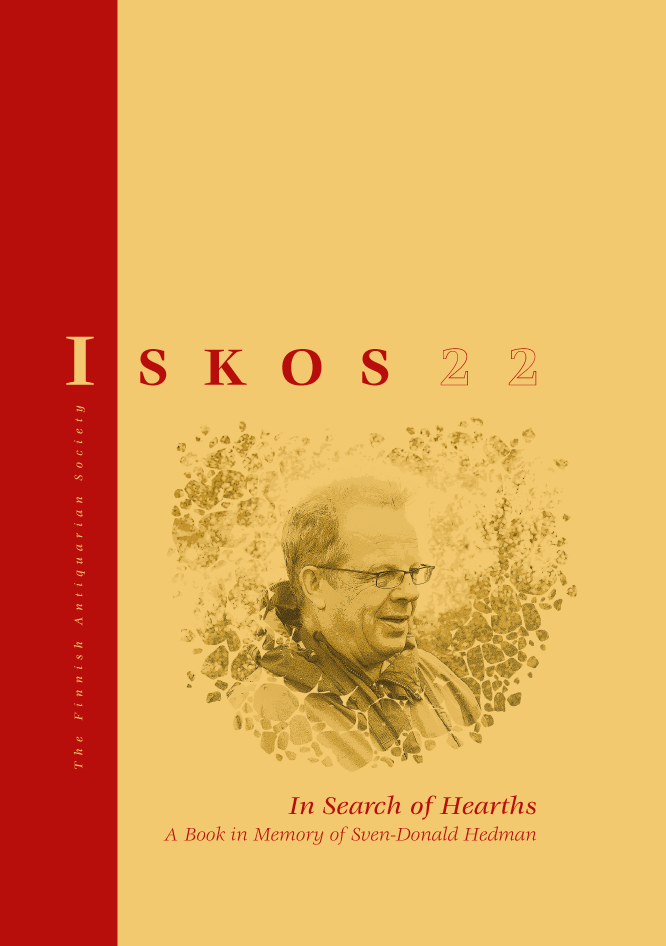Liva 1 – The First Medieval Sámi Site with Rectangular Hearths in Murmansk Oblast (Russia)
Abstract
In 2017–2018, the Kola Archaeological Expedition of the Institute of the History of Material Culture (IHMC) RAS carried out excavations at the medieval site of Liva 1 (a hearth-row site)
in the Kovdor District of Murmansk Oblast. Sites of this type are fairly well studied in the western part of Sapmi – the area inhabited by the Sámi – but until now they have not been
known in Russia. The site was found by local residents in 2010. Some of the structures there were destroyed or damaged when searching for artefacts with a metal detector. A total of
nine archaeological structures have been discovered (7 rectangular stone hearths, 1 mound, 1 large pit). Four hearths were excavated. They are of rectangular shape, varying in size from 2.0 x 1.15 to 2.5 x 1.7 metres. The fireplaces are lined with large stone blocks in one course, and the central part is filled with small stones in 2–3 layers. Animal bones, occasionally
forming concentrations, were found near the hearths. Throughout the area of the settlement, numerous iron objects (tools or their fragments) and bronzes were collected including
ornaments made in manufacturing centres of Old Rus’, Scandinavia and the Baltic countries. The settlement is dated with radiocarbon analysis and the typology of the ornaments to the
11th – 14th centuries.




